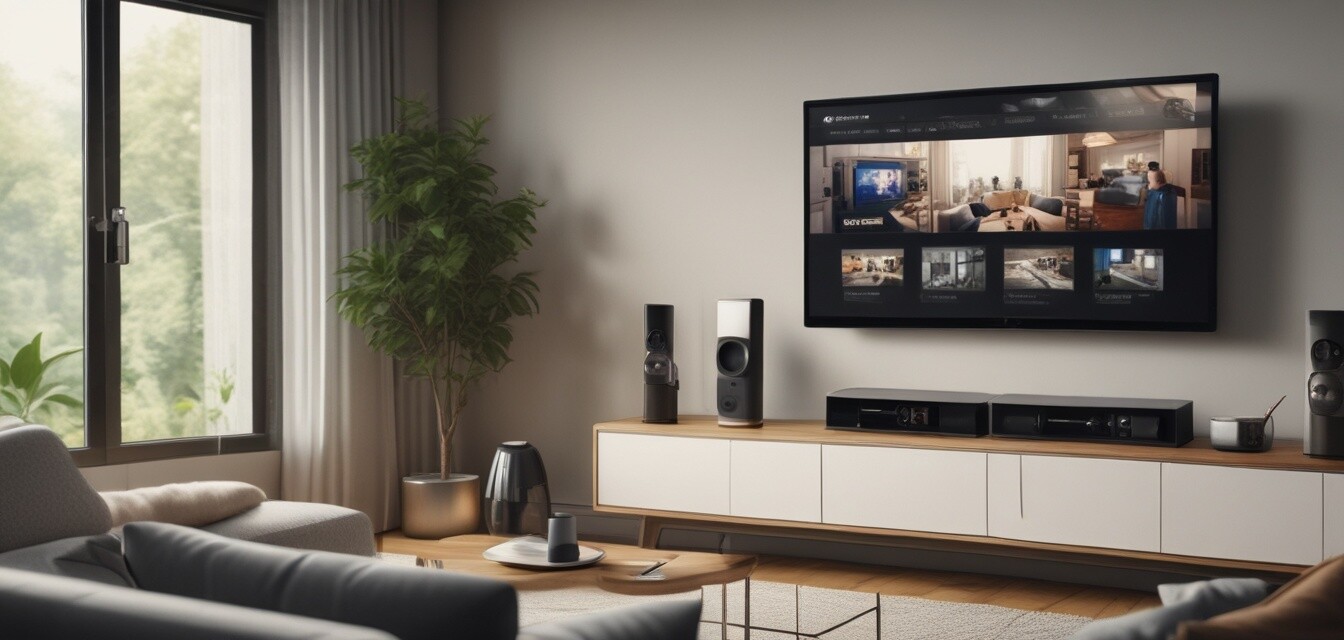
Reviewing the Best Video Surveillance Systems
- Security cameras deter crime and enhance home safety.
- Analyze features such as resolution, night vision, and smart connectivity.
- Consider pricing and user feedback before making a purchase.
- Different styles of cameras are available, including wireless options.
- Ensure compatibility with other home security systems.
In today's world, ensuring the safety of your home is more critical than ever. With a plethora of video surveillance systems available, selecting the right one can be overwhelming. This guide dives into the top video surveillance systems, examining their features, pricing, and user feedback to help you make an informed decision.
Why You Need a Video Surveillance System
Most homeowners recognize that a great security solution can act as a deterrent to crime. Security systems with video capabilities offer extra layers of protection, enabling you to monitor your property remotely. Key benefits include:
- 24/7 monitoring of your home or business
- Remote access to live footage via smartphone or tablet
- Ability to review recorded footage
- Alerts for motion detection and unusual activities
Key Features to Consider
When looking for the best video surveillance system, it’s vital to consider several key features:
| Feature | Description |
|---|---|
| Resolution | Higher resolution allows for clearer images. Look for at least 1080p. |
| Night Vision | Infrared capabilities to see in low light conditions are essential for security. |
| Smart Connectivity | Integration with your smart home devices can enhance usability. |
| Storage Options | Choose between cloud storage and local storage, with different capacities. |
| Motion Detection | Ability to trigger recording or alerts based on movement. |
Types of Video Surveillance Systems
Here are different types of video surveillance systems that you may consider:
- CCTV Systems: Traditional camera systems typically installed in fixed locations.
- Wireless Security Cameras: Easy to install with flexible placement options.
- Solar-Powered Cameras: Eco-friendly and eliminate the need for wiring.
- Smart Doorbell Cameras: Integrated with smart devices for visitor monitoring.
Comparison of Leading Video Surveillance Systems
The following table compares several top-rated video surveillance systems based on key features:
| System | Resolution | Night Vision | Smart Features | Price Range |
|---|---|---|---|---|
| System 1 | 1080p | Yes | Smartphone access | $100-$200 |
| System 2 | 4MP | Yes | Two-way audio | $150-$250 |
| System 3 | 720p | Yes | Cloud storage available | $80-$150 |
| System 4 | 1080p | No | Smart home compatibility | $120-$220 |
User Feedback and Ratings
User feedback is an essential aspect when selecting a video surveillance system. Check latest trends and reviews for insights on performance and reliability.
Tips for Installation and Setup
Proper installation ensures your video surveillance system operates effectively. Here are some practical tips:
- Plan camera placement for optimal coverage.
- Ensure your Wi-Fi connection is strong in installation areas.
- Use quality tools and follow manufacturer guidelines during setup.
- Test the system thoroughly before completing installation.
- Regularly check camera angles and unit functionality.
Conclusion
Choosing the right video surveillance system is vital for your home security. By understanding the features, pricing, and user feedback, you can make a decision that protects your property and provides peace of mind. For more information, explore our home security buying guides to ensure you select the best system for your needs.
Pros
- Enhances safety and security of your home.
- Provides recorded footage for investigation.
- Alerts for unusual activity help in taking timely action.
- Many models are easy to install and use.
Cons
- Initial investment can be expensive.
- Wireless systems may face connectivity issues.
- Privacy concerns regarding camera coverage.
- Ongoing subscription fees for cloud storage can add up.
